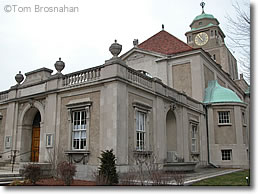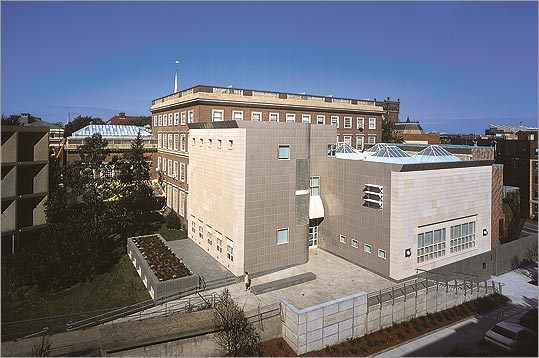Busch–Reisinger Museum
The 1903 Busch- Reisinger Museum, opened in Cambridge near Boston is the only museum in North America, whose determination is studies of art from German-speaking countries. The museum led the Fogg Art Museum and the Arthur M. Sackler Museum as part of the Harvard Art Museum together in the environment of Harvard University.
Development
From 1921 to 1991, the museum was located in Adolphus Busch Hall, named after the founder was born in Germany of the brewery Anheuser -Busch, 29 Kirkland Street, the former Germanic Museum of the University, which was not open to the public until 1921, however. This building complex is now home to the Busch- Reisinger Foundation collection of medieval plaster casts and an exhibition on the history of the museum. In addition, there are concerts on the world famous Flentrop organ of the house. The museum moved in 1991 to the newly formed after the founder of Otto-Versand named Werner Otto Hall, 32 Quincy Street, which was designed by the architectural firm Gwathmey Siegel & Associates.
2008 this house, which also houses the Fogg Art Museum is located, was closed for a more complex transformation under which a work designed by Renzo Piano cultivation is to be built, then the three museums can the be accommodated in this building complex. During the reconstruction are selected works from the collections of Fogg, Busch- Reisinger and Sackler Museum Arthur M. Sackler Museum in to see 485 Broadway,.
Collection
The museum has works of the Viennese Secession, German expressionism, abstract art of the 1920s, material with Bauhaus reference. Other priorities include medieval sculptures and art from the 18th century. Notable works from the post-war period are from Georg Baselitz, Anselm Kiefer, Gerhard Richter. The website also contains the most extensive collection of works by Joseph Beuys.
Many works in the museum are also available as pictures in a comprehensive catalog of 250,000 works online Harvard Art Museum.










